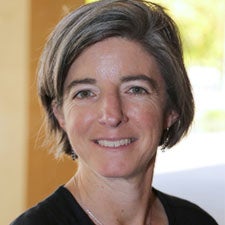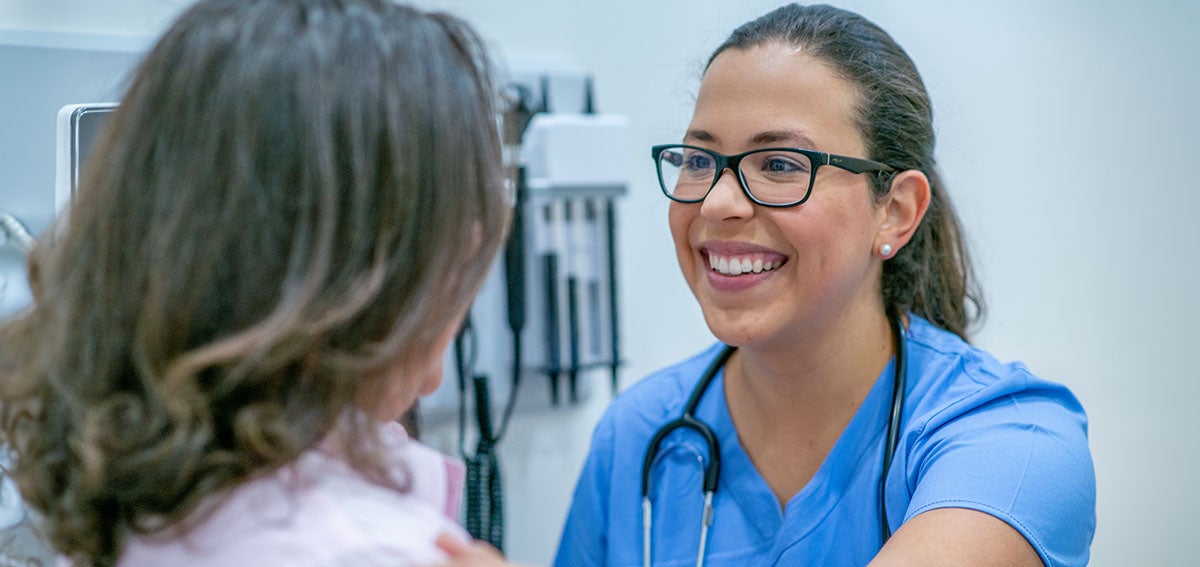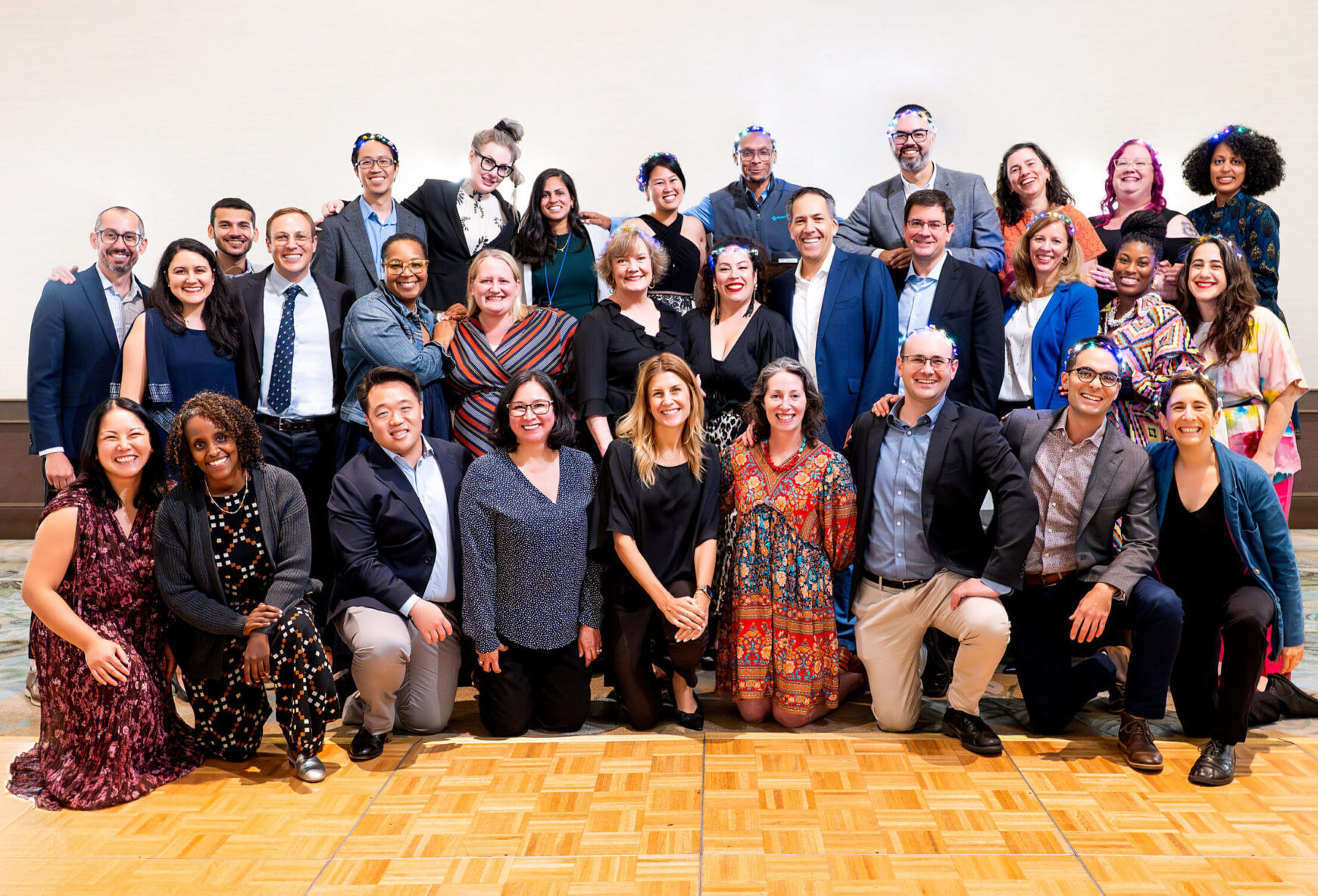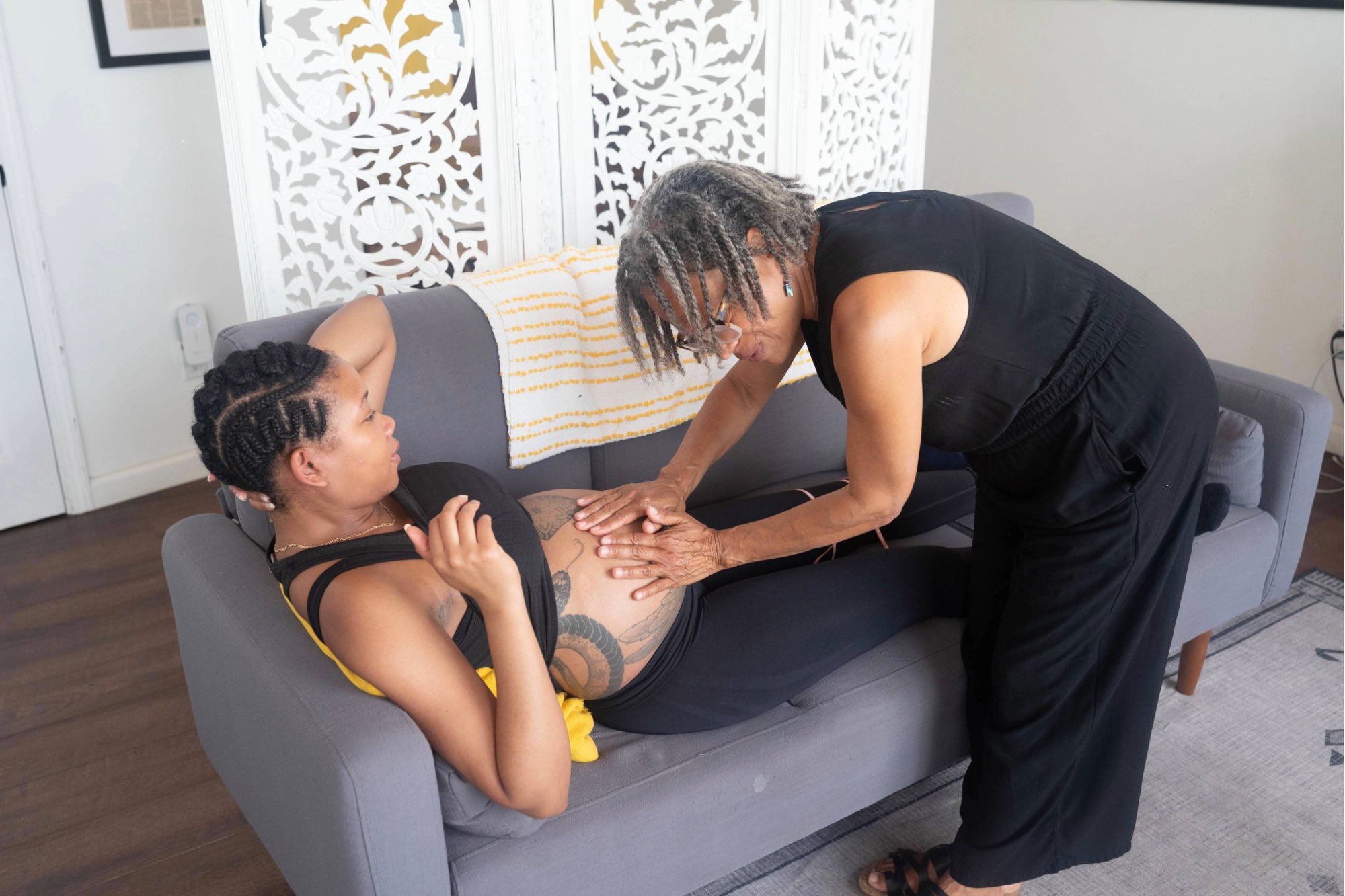View the Report
Key takeaways
- California credentials two types of midwives: Licensed Midwives (LMs) and Nurse-Midwives (NMs). In 2023, there were 30 practicing midwives per 10,000 births statewide, but supply varied significantly across regions.
- Most LMs complete a three-year midwifery education program, while the majority of NMs have advanced degrees.
- The midwife workforce lacks diversity, with significant underrepresentation of Latina/x and Black midwives compared to the state’s population of reproductive-age women.
- Although most midwives report being satisfied with their careers, a significant portion plan to take breaks, leave the profession, retire, or reduce their client load in the next five years.
Midwives are licensed clinicians who play a key role in the maternity care workforce. California credentials two types of midwives: licensed midwives (LMs) and nurse-midwives (NMs). Although there are differences in the training and typical practice of LMs and NMs, both types of midwives provide high-quality, comprehensive, person-centered care focused on pregnancy, childbirth, and the postpartum period.
To better understand the midwife workforce, the University of California, San Francisco, with funding from the California Health Care Foundation, conducted the Survey of California Nurse Practitioners and Nurse-Midwives and the Survey of California Licensed Midwives from July 18, 2022, to March 31, 2023. These three snapshots provide survey findings on LMs and NMs.
Key findings include these:
Midwife Supply
- In 2023, 79% of LMs and 76% of NMs reported they practiced midwifery.
- Statewide, there were 30 practicing midwives (both LMs and NMs) per 10,000 births.
- Supply varied across regions, from a low of 11 in the Inland Empire and the San Joaquin Valley to a high of 84 in the Northern and Sierra Region.
- Despite having the largest population and births of any region, Los Angeles County had relatively few practicing midwives: 17 per 10,000 births.
Education and Training
- The most common pathway used by LMs (67%) to qualify as a midwife was the completion of a three-year midwifery education and training program approved by the Medical Board of California.
- There are currently no accredited midwifery programs for LMs in California.
- Eighty-five percent of NMs have a master’s degree and 6% have a doctorate, including 4% who have a doctor of nursing practice degree.
- California currently has two programs for nurse-midwife education, one of which is not currently admitting students.
Who Midwives Are and Who They Serve
- Only 12% of LMs and 10% of NMs were Latina/x, while 45% of the state’s population of women / birthing people age 15 to 44 (considered reproductive age by the US Centers for Disease Control and Prevention) was Latina/x.
- Two percent of LMs and 4% of NMs were Black, compared to 6% of women / birthing people of reproductive age.
- Many LMs (25%) and NMs (33%) said they spoke a non-English language fluently.
- LMs estimated that 6% of their patients preferred to receive services in a non-English language, and NMs reported that 33% of their patients preferred to receive services in a non-English language.
Midwife Practice Settings and Experiences
- Two in three LMs (66%) and three in four NMs (75%) said they were “very satisfied” or “satisfied” with their midwifery careers.
- One in three practicing LMs (32%) and nearly half of practicing NMs (49%) planned to take a temporary break from midwifery work, leave midwifery work entirely, retire, or decrease their clients in the next five years.
Authors & Contributors

Jen Joynt
Jen Joynt is an independent health care consultant based in Berkeley, California. Her areas of expertise include quality of care; hospital organization, strategy, and operations; health care workforce trends; and the California health care marketplace. She has authored several reports and policy briefings.





